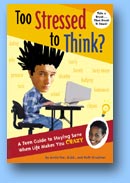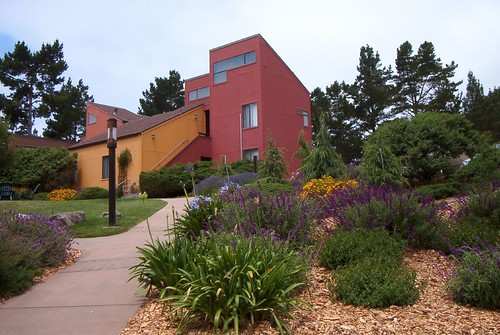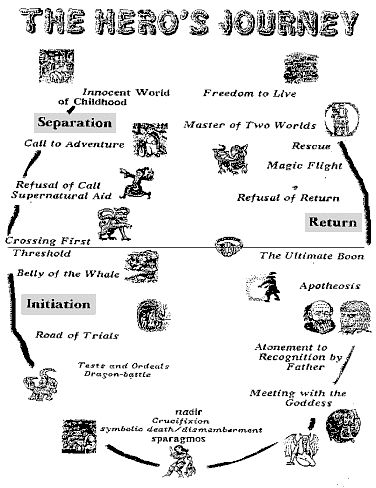
Background: A couple of bunnie slippers brought the Shinnyo-En Foundation to campus. Robert and Sarah were the hosts of Maura Wolf, Audrey Wang, Ruth Krischner, and Ciara Segura. Maura and Ruth facilitated sessions, and Ciara and Audrey were the story tellers. They came on a day my students and I thought would be free of conflicts, but when the administrators revised the schedule, I had to be in unexpected meetings. This was the first test of my understanding of my path to peace.
Maura and the group were so easy to deal with, I did not stress about them, but I stressed about the number of participants that would attend the YAC invitational as we ended up calling it.
We invited new students and a few freshmen who we were told service was their thing in the 8th grade. We had invited all the former YAC members first, then when they did not respond, we invited anyone who had worked with YAC in recent years. When they did not respond, we added students doing service during the summer. The day of the retreat, about 45 people showed up. Next year my goal is to invite the whole freshman class and their teachers and see where we go from there.
I was unable to attend the opening of the Invitational because I was in 9th grade training of the advisors. When I arrived, participants were moving in a circle, I think getting to get to know each other.
Maura, Ciara, and Aubrey shared stories about their paths to peace and how it became their life calling. Ruth and Maura gave is a great worshop on stress and how to be at peace with oneself before we can provide peace to others.
After taking care of lunch, we played a game to get to know each other by sharing some special thing we wanted to teach each other. It was a nice ice breaker.
I decided to stay at the workshop instead of going to the first faculty meeting. It was a hard decision, but the topic of handling stress really attracted me. There was an explanation of what happens to our "test taking, cretive brain" under stress and how our survival instincts take over and we make decisions we regret. The presentation was simple on how to handle stress. Stop, Breath (to silence your reptile brain), label your stress (survival or not: What do I have control over and what I do not have control over...whatever you do is a choice...one makes good choices when one uses the thinking brain). Ruth also mentioned that sleep is important for good choices, 1 extra hour of sleep=10 extra points on a test for example.
Ruth asked us to fold a paper in half. On one half we were to place all our I shoulds. On the other, all what makes us happy. Maura helped us focus on one of those I should and do de-stressing Yoga to release one of those I shoulds and allow ourserlves permission to gain greater peace. It worked for me and the teacher's meeting I had decided not to attend. it was a nice way to unite a writing activity with a bodily-kinesthetic activity.
The workshop continued on how we are interconnected and how we find peace in our community. I was taking care of new arrivals and could not do the first exercise, but it was something like "write from the lowest to the highest adjectives that describe how you feel and what situations produce stress in you...My lowest was annoyed by people eating from my plate without asking to enraged by people unwilling to collaborate when I think I am sharing something important and productive for them and for me. Then, Ruth asked us to draw a figure or a symbol that represent ourselves. Around that symbol or figure, she asked us to write our current or potetial support network. Then we were to tell how they were of support. Finally Ruth asked us to make a list at home, school and community of goals we wanted to accomplish and a way to get to them with an unstressed life, a gift of peace within and out. and the session ended...
The kids have expressed how much they loved the Invitational, but I have not had time to reflect them. I will do so next week















